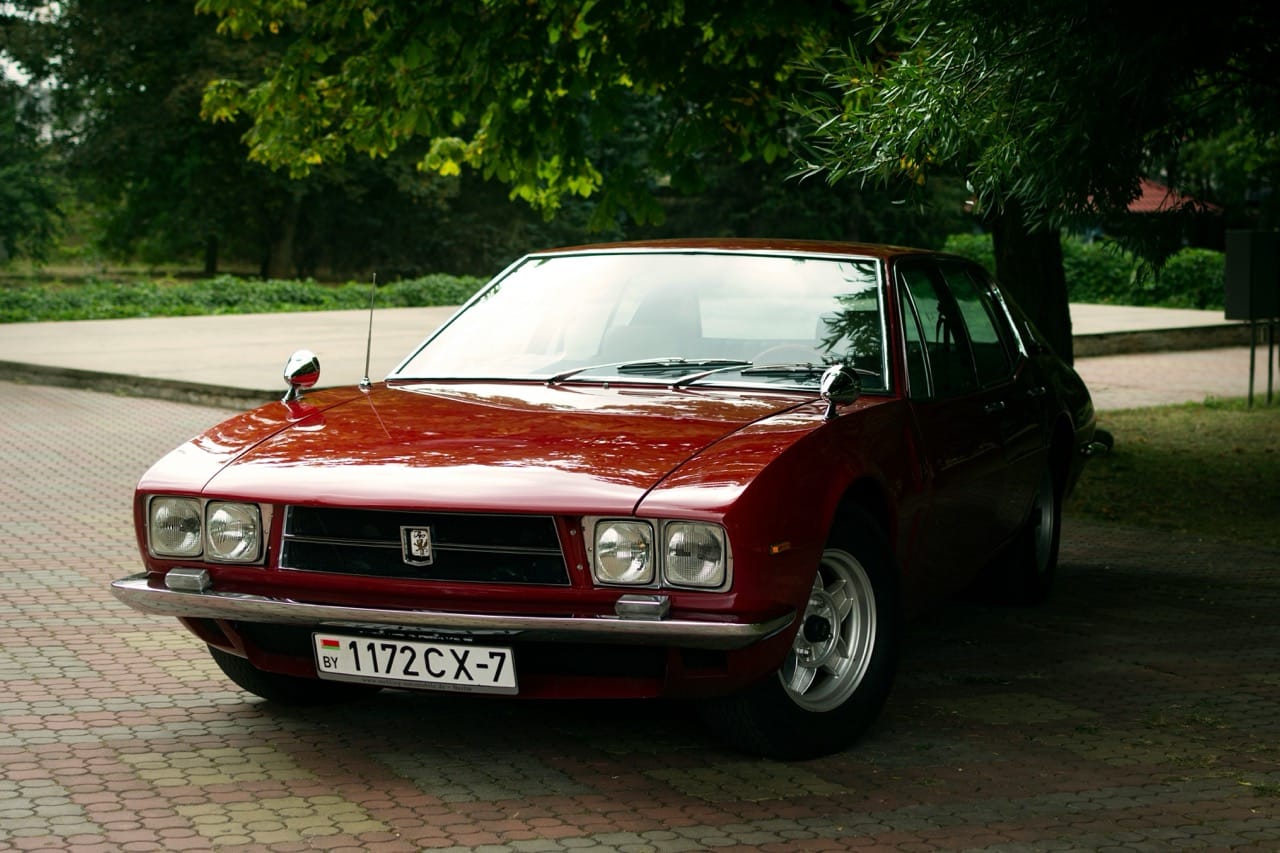A viral LinkedIn post by Seyed Mohseni showing an electric minivan bursting into flames on a Shanghai street has reignited an uncomfortable question: are Chinese made electric vehicles safe? For a service like Rapid Car Check, which helps buyers assess risk before they buy, this question is not just about headlines or hype. It is about reliability, regulation and responsibility.
What the evidence shows
- Battery and fire risk
- In Zhejiang province, there were at least eleven EV fires in a short period, prompting some buildings to ban underground parking for electric vehicles (Radio Free Asia)
- Official data show that fire incidents among “new energy vehicles” dropped from 1.85 per 10,000 in 2021 to around 0.96 in 2023 (Car News China)
- China is introducing stricter technical standards for EV batteries and plug in hybrids to reduce fire and explosion risk (Reuters)
- Crash and structural safety
- Independent reviews have found weaknesses in crash protection on some budget Chinese EVs, particularly in offset frontal tests (GoodCarBadCar)
- Even vehicles achieving high ratings in China’s C NCAP may perform differently under Euro NCAP conditions, where testing standards and materials vary (Ynet News)
- Cybersecurity and data privacy
- With many Chinese EVs offering constant connectivity, analysts warn of data access, tracking and remote control risks, especially in export markets (European Council on Foreign Relations)
- Regulatory and design context
- Chinese regulators are even moving to ban certain high tech design features, such as fully hidden door handles, over safety concerns (ArenaEV)
- Many Chinese EVs use lithium iron phosphate (LFP) batteries, which are cheaper, more stable and less fire prone than other chemistries, but have trade offs in range (Washington Post)
So, are they safe?
- Many Chinese EVs can be safe, particularly newer models built under tightened regulation and using improved battery systems
- They are not all equal, as safety levels vary dramatically by brand, battery chemistry and quality control standards
- The risk profile is different, combining traditional crash concerns with new layers such as thermal runaway, software failure or data security
- The trend is improving, but older or low cost imports may still pose higher risks, especially where safety certification or after sales service is limited
What buyers should check with Rapid Car Check
- Recall and software history
- Always verify whether the model has open recalls for battery or software faults. Xiaomi, for example, recalled over 115,000 SU7s for assisted driving hazards (Reuters)
- Battery chemistry and thermal management
- Check whether it uses LFP or nickel manganese cobalt (NMC) batteries. LFP is generally safer but offers shorter range
- Crash test results
- Software and connectivity
- Confirm that the vehicle supports local over the air updates and that cybersecurity protocols meet UK standards
- Import and after sales support
- Ensure the manufacturer has an official UK service presence, spare parts pipeline and battery warranty coverage
- Dealer and compliance
- Make sure the car meets UK homologation and crash safety requirements. Avoid grey imports without verified support
Red flags to watch for
- Battery overheating or swelling after charge
- Vehicles built before 2024, when new Chinese safety standards were introduced
- No visible UK or EU crash test certification
- Inconsistent or missing software update history
- Limited parts or servicing availability in the UK
Conclusion
The Shanghai video may look alarming, but it reflects isolated cases rather than the rule. Chinese EVs are not inherently unsafe, yet their safety depends on who built them, what technology they use and how well they are supported.
Before buying or importing, use Rapid Car Check to look beyond the badge and into the data such as battery type, recall history, MOT records and safety notices. The safest car is the one you understand.

